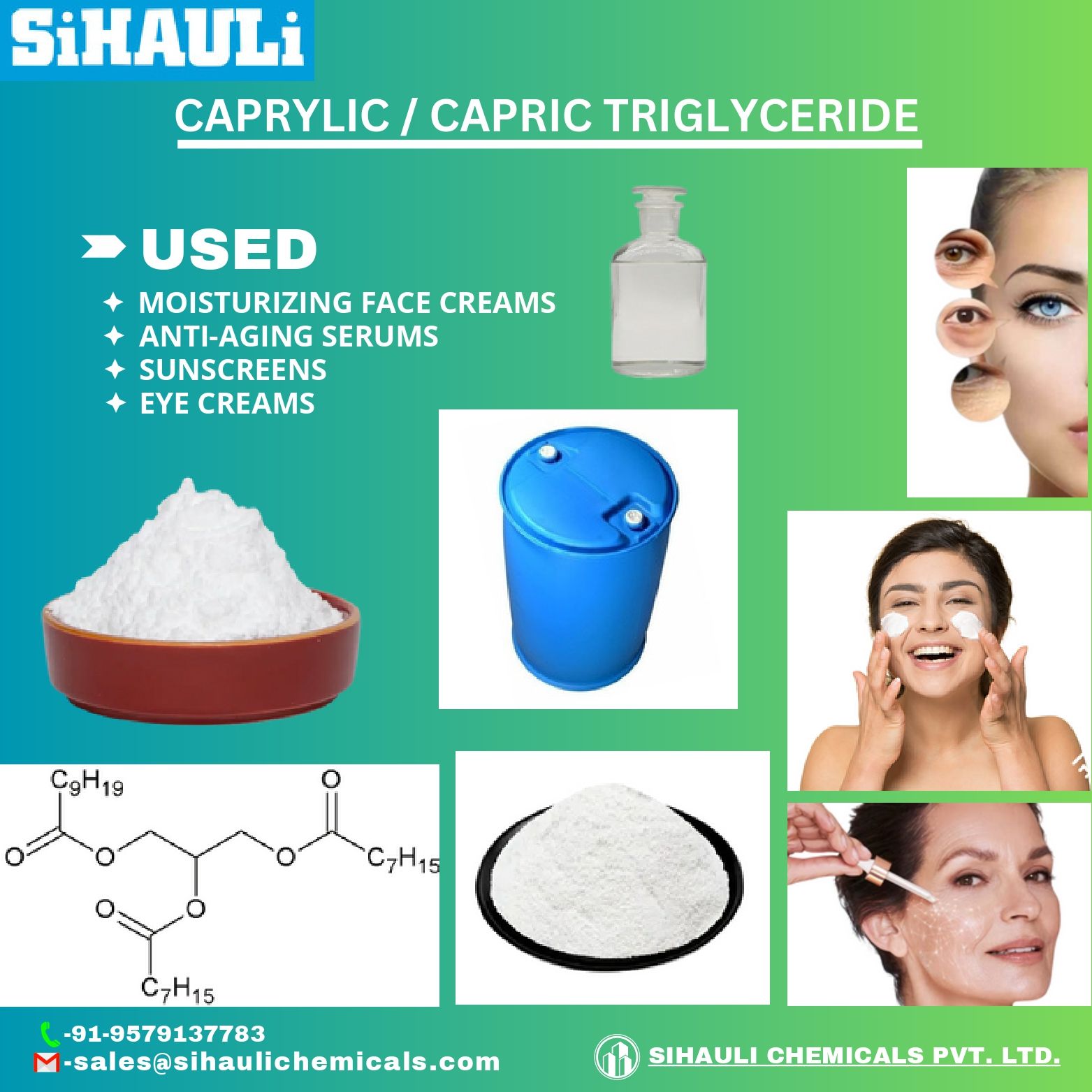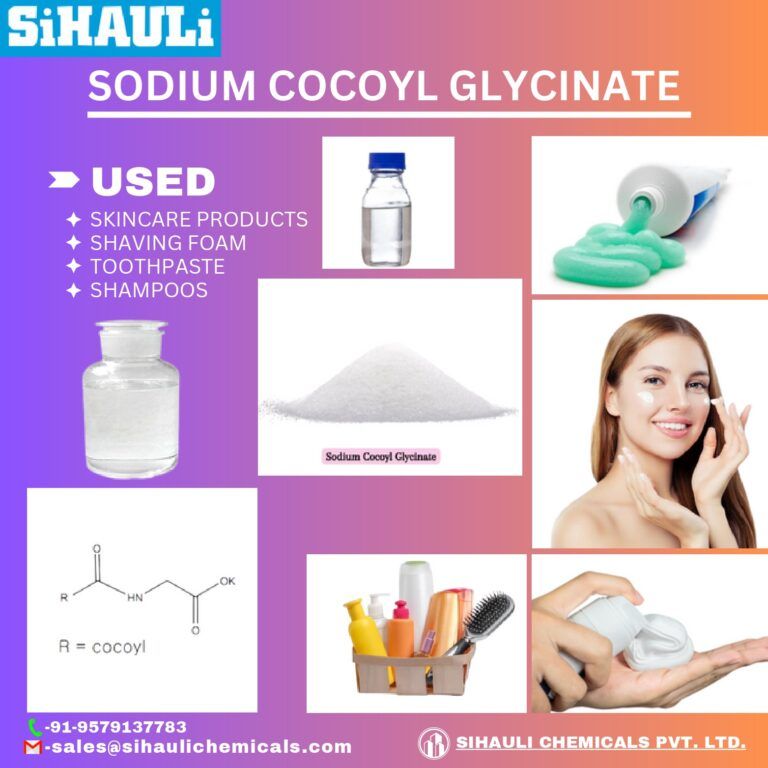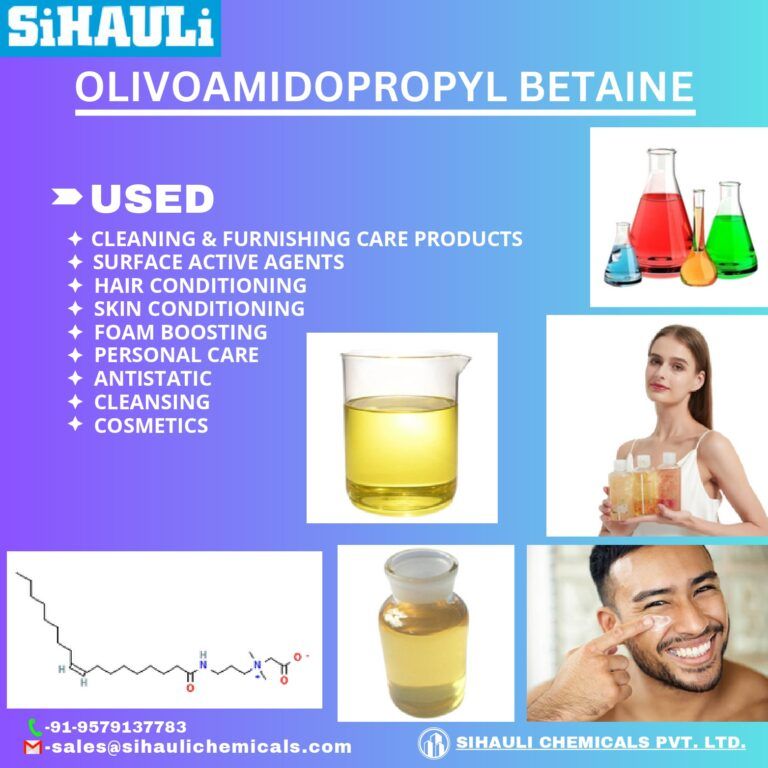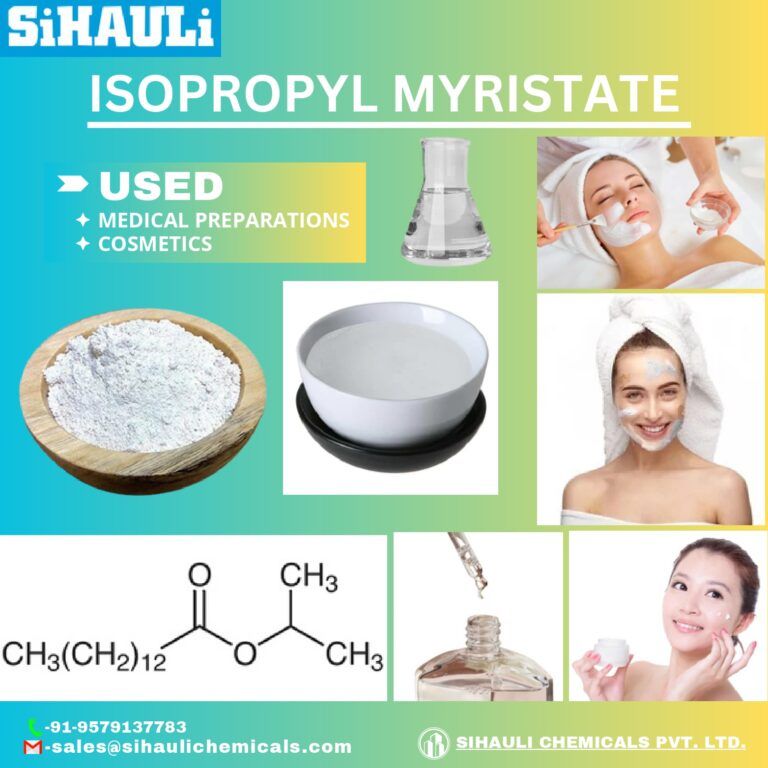It’s also sometimes mistakenly called fractionated coconut oil. Caprylic triglyceride has been widely used for more than 50 years. It helps smooth skin and works as an antioxidant. It also binds other ingredients together, and can work as a preservative of sorts to make the active ingredients in cosmetics last longer.
Caprylic triglyceride is an ingredient used in soaps and cosmetics. It’s usually made from combining coconut oil with glycerin. This ingredient is sometimes called capric triglyceride. It’s also sometimes mistakenly called fractionated coconut oil.
Caprylic triglyceride has been widely used for more than 50 years. It helps smooth skin and works as an antioxidant. It also binds other ingredients together, and can work as a preservative of sorts to make the active ingredients in cosmetics last longer.
Caprylic triglyceride is valued as a more natural alternative to other synthetic chemicals found in topical skin products. Companies that claim that their products are “all natural” or “organic” often contain caprylic triglyceride.
While it’s technically made of natural components, the caprylic triglyceride used in products isn’t usually found in nature. A chemical process separates the oily liquid so that a “pure” version of it can be added to products.
Caprylic/capric triglyceride benefits
Caprylic triglycerides are compounds made of naturally occurring fatty acids. They’re a clear liquid and slightly sweet to the taste. The high fat content in triglycerides, along with their texture and antioxidant qualities, make them of particular use for soap and skin care products.
Emollient
Emollients are ingredients that soften your skin. Emollients work by trapping moisture in your skin and forming a protective layer so the moisture can’t escape. Caprylic triglyceride is an effective skin-softening ingredient.
Dispersing agent
Dispersing agents are the parts of any chemical or organic compound that hold the ingredients together and stabilize them.
Mixing other active ingredients, pigments, or scents in a good dispersing agent keeps the ingredients from clumping together or sinking to the bottom of the mixture. The waxy and thick consistency of caprylic triglycerides make them an excellent dispersing agent.
Solvent
Solvents are ingredients that can dissolve, or break apart, certain ingredients or compounds. Ingredients are solvents based on how their molecules are structured and shaped, and how they interact with other substances.
Caprylic triglyceride can dissolve compounds that are designed to clump together. While some solvents have toxic ingredients, caprylic triglyceride doesn’t carry those risks.
Antioxidant
Antioxidants work to neutralize toxins you’re exposed to every day in your environment. Antioxidants stop the chain reaction called oxidation, which can age your skin and take a toll on your body.
Caprylic triglyceride is full of antioxidants that help preserve your skin and help you feel younger.
Caprylic/capric triglyceride uses
Caprylic triglyceride can be found in topical skin care products that you use on and around your face. It’s used to:
boost the shelf life of these products
add a sheen to your skin that’s light and non-greasy
boost the antioxidants in the product
These products include:
moisturizing face creams
anti-aging serums
sunscreens
eye creams
Caprylic/capric triglyceride in cosmetics
Caprylic triglyceride is a popular ingredient in makeup and other cosmetics. The ingredient keeps pigments evenly distributed in a cosmetic formula without causing a sticky feeling on your skin. You’ll often see this ingredient listed in these cosmetics:
lipstick
lip balm
lip liner
cream-based and liquid foundations
eye liner
Is caprylic/capric triglyceride safe?
Caprylic triglyceride carries a very low, if any, toxicity for topical use. The FDA notes that it’s generally recognized as safe in low amounts as a food additive. That means it’s not toxic to consume the trace amounts that might be in your lipstick or lip balm.
Unless you have a severe allergy to coconut oil, you’re at very little risk for an allergic reaction triggered by using caprylic triglyceride.
There’s some environmental concern for the use of caprylic triglyceride. We don’t know enough about the way it’s broken down in nature and if it might eventually build up and pose a threat to wildlife. More research is needed to determine the safest ways to dispose of products that contain caprylic triglyceride.
Takeaway
Current research states that caprylic triglyceride is safe for most people to use. Consuming it in small amounts as a food additive, sweetener, or cosmetic product doesn’t pose a risk to your health.
Capric acid/caprylic triglyceride is one of the cleanest ingredients that you can find as a natural alternative to chemical ingredients.
Everyone’s skin reacts differently to different chemicals. Always proceed carefully when you’re using a new cosmetic product or face cream.




